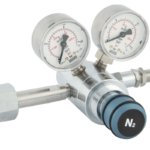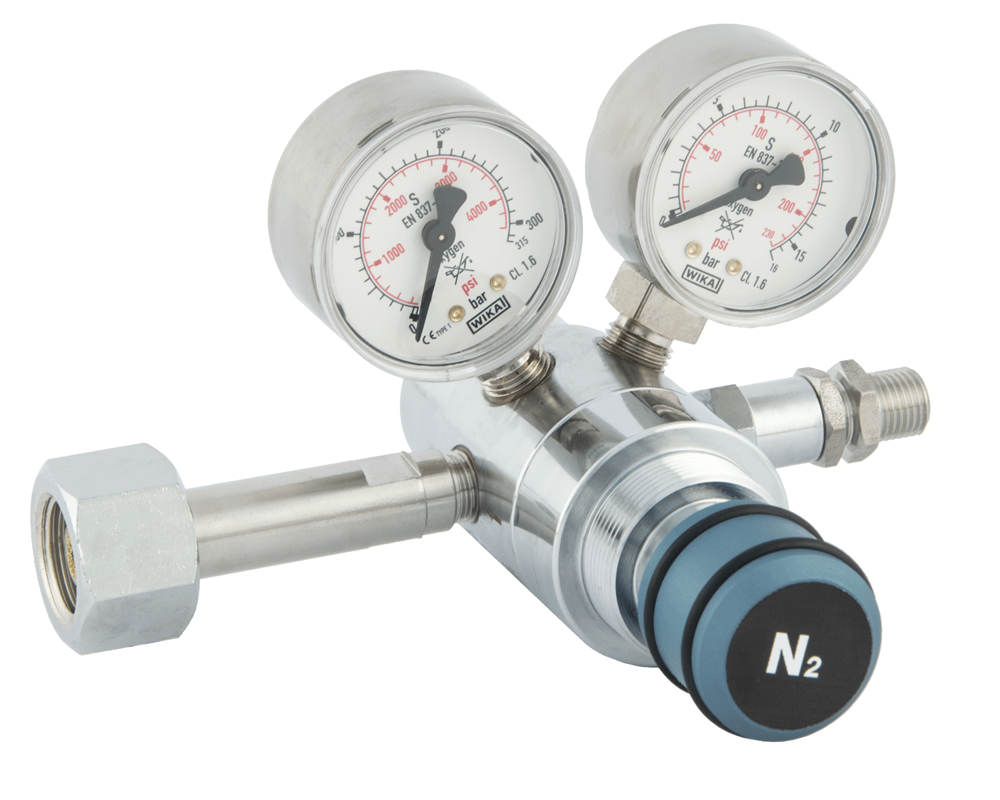When we look at the term “Motherson Sumi Wiring share price”, it’s easy to become fixated purely on the value shown on the exchange. But behind that headline number lives a story: of industry trends, company performance, strategic moves and investor sentiment. In this article, we will step beyond simply quoting numbers and instead explore what drives the share price of Motherson Sumi Wiring India Ltd, what it tells us about its business context, and how to think about it with a long-term mindset.
What Does the Current Motherson Sumi Wiring Share Price Reflect?
At the very heart, the share price of Motherson Sumi Wiring captures how the market values the company at any given moment. According to recent data:
- The share is trading around ₹ 46-₹ 47 level in late October 2025.
Business Today business-standard.com - It has a 52-week low around ~₹ 30.72 and a 52-week high around ~₹ 50.54.
CNBC +2 financialexpress.com +2 - Its P/E (price to earnings) multiple sits above 50x in many reports, indicating high growth expectations.
financialexpress.com +1
In short: the current share price is a blend of present business performance and future expectations.
Business Fundamentals & Why They Matter
Market opportunity & industry tailwinds
Motherson Sumi Wiring operates in the wiring harness and auto-ancillary segment. With the global auto industry shifting more toward electric vehicles (EVs), automated driving, higher electrical content in vehicles, the industry backdrop is promising. Analysts note that as vehicles transition, the wiring harness content can rise significantly.
business-standard.com
Company execution and margin profile
Even with favourable tailwinds, execution matters. The company has been investing in greenfield plants, ramping up capacity to cater to future demand. However, such investments come with start-up costs, commissioning risk and margin pressure in the near-term. For example, one quarter saw expansion costs rise which weighed on profits.
Reuters
Valuation premium
A high P/E implies the market is willing to pay a premium now for expected future growth. It also means the company must deliver to justify this valuation, else risks correction.
What Impacts the Share Price Movement?
Raw-material and cost pressures
Wiring harness production is aluminium/copper-intensive. Commodity cost movement influences margins. If input costs surge faster than the company can pass them on, the share price may suffer.
Utilisation & new capacity ramp-up
New plants or larger deals mean higher future earnings, which can buoy the share price. Conversely delays, startup losses or slow ramp up can dampen sentiment.
Auto demand cycles
The wiring harness business is closely tied to auto OEM production volumes. A slowdown in auto demand or chip shortages can hurt business and hence price.
Strategic disclosures & corporate actions
Announcements such as bonus issues, de-mergers or major investments can cause price re-rating. For instance, the company’s bonus issue caused a sharp adjustment in share price, but not due to business deterioration.
The Economic Times
Market sentiment & peer comparison
If the broader auto-ancillary sector is strong or investors favour EV-linked companies, wiring harness manufacturers may benefit. Conversely, sector rotation away from autos can weigh on them.
Interpreting the Motherson Sumi Wiring Share Price as an Investor
Use price as signpost, not sole guide
Rather than seeing the share price as the final verdict, treat it as a signalling mechanism. A rising price signals that the market expects good outcomes; a falling price may mean either concern or simply that expectations got too high.
Focus on value versus growth
Given the elevated valuation, the investor should ask: what growth is baked in? If the company delivers modest growth, the risk is downside. If it overshoots, there’s upside. The expectation bar is high.
Check risks and assumptions
- Are new plants coming online smoothly?
- Can raw-material costs be contained or passed on?
- Is the EV transition actually increasing wiring content, or being delayed?
- Are margins improving or deteriorating?
If the assumptions underlying the share price don’t eventually hold, the share price may adjust downward.
Time-horizon matters
Given the nature of the business and the fact future growth is a big part of the valuation, this is more suitable for medium-to-long-term investors rather than short-term traders expecting immediate windfalls.
The Road Ahead: What Could Drive the Share Price Up or Down?
Upside scenarios
If the company successfully commission new plants, benefit from rising EV wiring content, achieve margin expansion, then the share price could move higher. Analysts have projected ~13% CAGR in revenues for FY24–27E for the company.
Downside scenarios
If raw-material inflation remains high, or auto OEMs delay spending, or the company struggles to raise utilisation in new capacity, growth could falter and the share price could adjust downwards.
External shocks
Global auto slowdown, supply-chain disruptions, macroeconomic weakness, or a sharp rise in interest rates could impact investor sentiment and valuation multiples even if business fundamentals hold steady.
Why Understanding the Share Price Goes Beyond a Number
The share price is just the tip of the iceberg. It reflects expectations of future growth, risk assessment, competitive positioning and investor sentiment all at once. By studying the underlying company drivers, one can understand whether the current share price is justified, undervalued or over-valued.
For example, a company with an excellent growth story but mediocre execution might still be valued highly — meaning risk is high if execution falters. A company with modest growth but low valuation might present opportunity if the market underestimates its potential.
Conclusion
When we talk about “Motherson Sumi Wiring share price”, we must remember: we’re not simply watching a number fluctuate on a screen. We are seeing the market’s collective view on what the wiring harness business will achieve in the future: how fast it grows, how well it manages costs, how effectively it scales, and how comfortable investors are with the risks.
Before viewing the share price as a buy or sell signal, ask yourself: What assumptions are embedded in it? Are those assumptions realistic? What could cause them to fail? And if they succeed, what upside remains?
By doing so, the share price becomes not just a figure, but a window into business quality, competitive strategy and future potential.
If you like, I can pull historical share-price movement, peer comparison, and analyst consensus for Motherson Sumi Wiring. Would you like that?










